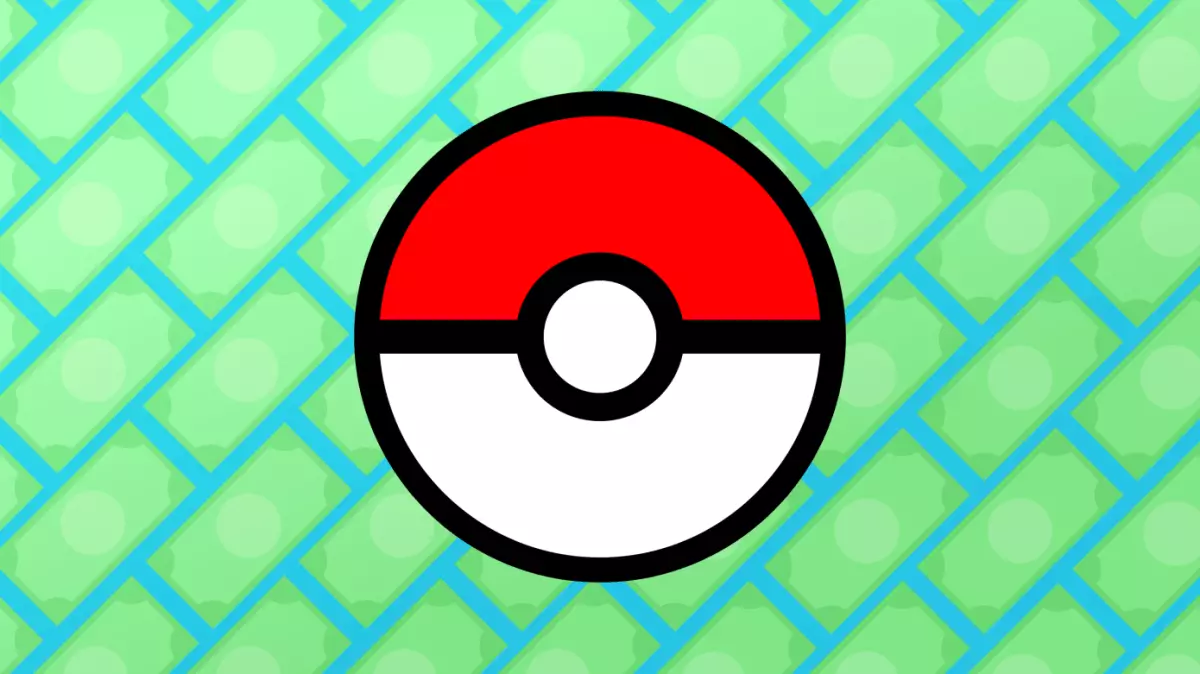In a bold move that blends the nostalgic charm of retro gaming with the cutting-edge realm of artificial intelligence, Anthropic has chosen to benchmark its latest AI model, Claude 3.7 Sonnet, using the classic Game Boy title, Pokémon Red. This unconventional choice raises intriguing questions about the evolving landscape of AI testing and the methods employed to gauge a model’s capabilities. Rather than traditional assessments, leveraging a video game offers a dynamic playground where AI can demonstrate its abilities, adapt to challenges, and engage in problem-solving, making it a fascinating case study.
The integration of Claude 3.7 Sonnet with Pokémon Red involved a sophisticated setup that allowed the AI not only to “play” the game but to navigate its complexities through simulated interactions. By equipping the model with basic memory functions, screen pixel inputs, and button-pressing capabilities, Anthropic effectively transformed an iconic gaming experience into a litmus test for AI proficiency. This level of integration underscores the importance of contextual understanding in AI, as it must interpret visual data and make strategic decisions to succeed in the game environment.
With unique features like “extended thinking,” Claude 3.7 Sonnet has the capacity to delve deeper into problem-solving compared to its predecessor, Claude 3.0 Sonnet, which notoriously stalled in the game’s starting location of Pallet Town. In contrast, the new model demonstrated significant progress, tackling various challenges before achieving notable victories against Pokémon gym leaders. This evolution signifies not just improvements in computational abilities but also a more sophisticated approach to real-time decision-making.
However, the testing phenomena highlight some critical limitations. Anthropic has not disclosed the specific computational resources required for Claude 3.7 Sonnet to achieve its milestones nor the duration of its gaming session. This gap in data raises concerns regarding transparency in AI assessments. While the performance of executing 35,000 actions to reach the third gym leader, Surge, demonstrates progress, the lack of context diminishes the weight of these achievements. How do these numbers translate into practical applications in real-world scenarios?
Additionally, while Pokémon Red serves as a retro benchmark, critics may argue that utilizing such gaming platforms could lead to a skewed perception of a model’s capabilities. Although this approach is innovative, it may not reflect the complexities of tasks AI would encounter outside the simulation. This line of reasoning invites skepticism regarding the validity of gaming benchmarks in predicting AI’s performance across diverse applications.
Despite the questions raised, the practice of benchmarking AI through games like Pokémon is emblematic of a growing trend within the industry. Recent months have witnessed various platforms arise to evaluate AI models through an array of games, from Street Fighter to Pictionary. This evolution suggests that gaming could become a staple in AI development, influencing how capabilities are measured and understood. Anthropic’s audacious experiment may very well spark a renaissance in AI benchmarking, blending entertainment with scientific inquiry and pushing the boundaries of what AI can achieve in both virtual and real-world contexts.

